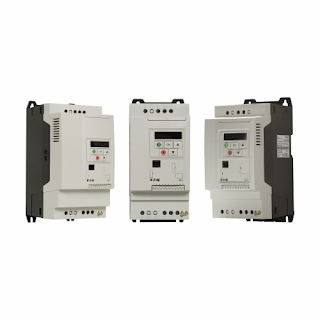Ethernet Switching - What You Should Know
Local Area Networks (LANs) were once accustomed to the use of connectors like repeaters and hubs until Ethernet Switches came to be in the 90s. Connectors, as their title implies, are those additional pieces that make computers possible to connect. But the specific Ethernet Switches function at the OSI model's data link layer 2.
Categorized under "network bridges", these switches are unlike the also known router. With Ethernet switching, information transfer happens to all connected network devices regardless of which is which. With routers, on the other hand, the relay of data is restricted to a specific device in the network.
In Ethernet networking technology, the term Bridges could take the place of Switches and the same applies the other way around. Although, a connector must be completely tested and proven to comply with the Ethernet 802.3 networking standard for it to deserve the title of being an Ethernet Switch.
Ethernet Switching, although highly similar to the previously mentioned hubs and repeaters, is technically more advanced and efficient. The Switching technology allows device linkages to work in full duplex mode, while the two earlier versions only allow half duplex. Meaning, with switching, receiving, and sending out data transmissions can take place at the same time. Whereas, for the other two, these processes have to be done alternately. In a quick conclusion, switching is certainly more efficient with bandwidth allowance and schedule.
There are also a lot of other advantages of Ethernet Switching that make it the current best choice for networking needs. For instance, a switch could easily recognize pieces of data. The switches can analyze specific types and forms of data being transferred, so they can determine the exact location they are intended to be placed.
Hence, they make transferring easier and the flow of bandwidth traffic lighter. Also, switches can save and detect the certain MAC addresses of the linked computers so they can speedily discern from where and to where important signals are supposed to go. And for not being able to exhibit these capabilities, older versions of connectors are in comparison less efficient in bandwidth usage.
Ethernet switches also come in different variations, each for more specified types of purpose. With strong consideration of the type of work they are specially intended for, the variants also have different operatives. A type, called Unmanaged Switches, consists of ones that are smaller in size. Their configurations are already fixed and can no longer be adjusted.
Because they are designed to be immediately ready for usage, they are preferred by users who are not very feature-demanding such as those from private offices and homes. There are also the so-called Managed Switches, which are larger. Unlike the previous, their initial settings could be altered depending on what the user wants.
The Virtual LAN. is one of the prided unique skills of this type because it gives the main computer the power of knowing all sorts of data courses inside the network. They are the choice for wide-scale offices and establishments. Because of their special qualities, they are mostly used by huge companies and wide-networked environments.
Switches can also be acquired in both non-standardized or IEEE 802.3 standardized types. Ethernet Switching is yet again another improvement to the growing needs of our networks. With all the betterment it has caused our generation, it can be ascertained that the coming ages will experience more of this technology.

Comments
Post a Comment